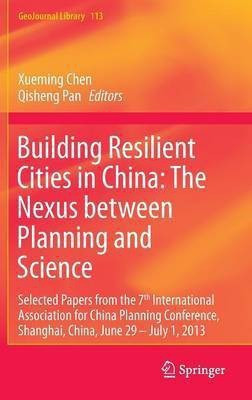Building Resilient Cities in China: The Nexus between Planning and Science(English, Hardcover, unknown)
Quick Overview
Product Price Comparison
This book discusses a range of planning and management issues related to building urban resiliency. It covers such topics as urban, environmental, and transportation planning, historical preservation, emergency relief and management, geographic information systems (GIS) and other technological applications. The book includes case studies of several cities and districts in China, including Shanghai, and a number of cities in the United States of America. Urban resiliency in the face of uncertainty is a priority for planning and governance in communities worldwide. In China, which has suffered many of the world's most devastating floods, earthquakes, and typhoons, preparing for the threat of disaster has long been an important planning objective. Recent calamities, such as the 2008 Winter Storms, the 2008 Wenchuan Earthquake, and the 2012 Beijing Floods have only made planning for resiliency more urgent. As planners work to prepare for such events, interdisciplinary collaboration becomes increasingly important. Planners need the tools and insights offered by other fields, including both the natural and social sciences. At the same time, these interdisciplinary relationships help shape the identity of urban-rural planning in its new role as one of China's primary academic disciplines. Thus, the nexus between planning and science is critically important in building resilient cities in China, and the Chinese planning experience can serve as an example to and benefit countries around the world.


